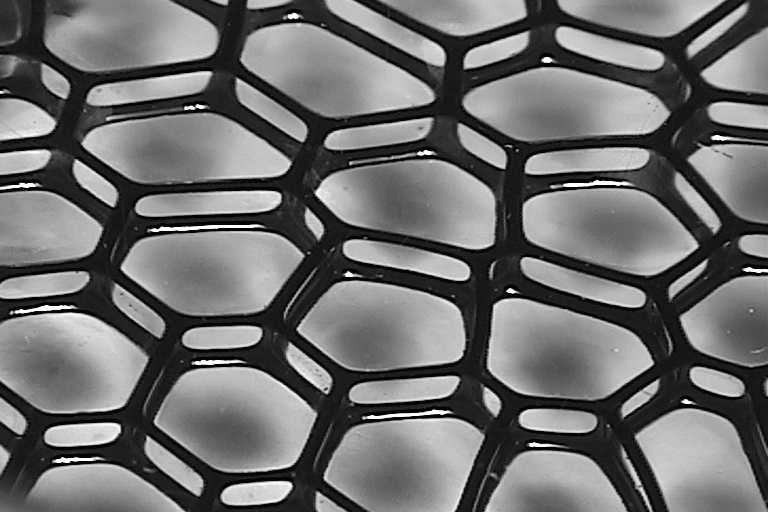<!– /* Style Definitions */ p.MsoNormal, li.MsoNormal, div.MsoNormal {mso-style-parent:””; margin:0in; margin-bottom:.0001pt; mso-pagination:widow-orphan; font-size:12.0pt; font-family:”Times New Roman”; mso-fareast-font-family:”Times New Roman”;} @page Section1 {size:8.5in 11.0in; margin:1.0in 1.25in 1.0in 1.25in; mso-header-margin:.5in; mso-footer-margin:.5in; mso-paper-source:0;} div.Section1 {page:Section1;} –>
/* Style Definitions */
table.MsoNormalTable
{mso-style-name:”Table Normal”;
mso-tstyle-rowband-size:0;
mso-tstyle-colband-size:0;
mso-style-noshow:yes;
mso-style-parent:””;
mso-padding-alt:0in 5.4pt 0in 5.4pt;
mso-para-margin:0in;
mso-para-margin-bottom:.0001pt;
mso-pagination:widow-orphan;
font-size:10.0pt;
font-family:”Times New Roman”;
mso-ansi-language:#0400;
mso-fareast-language:#0400;
mso-bidi-language:#0400;}
<!– /* Style Definitions */ p.MsoNormal, li.MsoNormal, div.MsoNormal {mso-style-parent:””; margin:0in; margin-bottom:.0001pt; mso-pagination:widow-orphan; font-size:12.0pt; font-family:”Times New Roman”; mso-fareast-font-family:”Times New Roman”;} a:link, span.MsoHyperlink {color:blue; text-decoration:underline; text-underline:single;} a:visited, span.MsoHyperlinkFollowed {color:purple; text-decoration:underline; text-underline:single;} @page Section1 {size:8.5in 11.0in; margin:1.0in 1.25in 1.0in 1.25in; mso-header-margin:.5in; mso-footer-margin:.5in; mso-paper-source:0;} div.Section1 {page:Section1;} –>
/* Style Definitions */
table.MsoNormalTable
{mso-style-name:”Table Normal”;
mso-tstyle-rowband-size:0;
mso-tstyle-colband-size:0;
mso-style-noshow:yes;
mso-style-parent:””;
mso-padding-alt:0in 5.4pt 0in 5.4pt;
mso-para-margin:0in;
mso-para-margin-bottom:.0001pt;
mso-pagination:widow-orphan;
font-size:10.0pt;
font-family:”Times New Roman”;
mso-ansi-language:#0400;
mso-fareast-language:#0400;
mso-bidi-language:#0400;}
In  one of today’s experiments, we created a substance called ferrofluid. We began by mixing 5 mL of FeCl3 and 2 mL of FeCl2. Then using this solution, we mixed it rapidly while simulatenously dripping ammonium hydroxide into the solution. We then used a magnet to keep the substance at the base of the beaker while we poured out the excess liquid. Then we added diluted water
one of today’s experiments, we created a substance called ferrofluid. We began by mixing 5 mL of FeCl3 and 2 mL of FeCl2. Then using this solution, we mixed it rapidly while simulatenously dripping ammonium hydroxide into the solution. We then used a magnet to keep the substance at the base of the beaker while we poured out the excess liquid. Then we added diluted water and drained it several times so as to remove the remaining FeCl2/FeCl3 solution completely. Ferrofluids are mixtures composed of magnetic particles that are contained in a liquid typically an organic solvent or water. While they can exist in magnetic form for a fair amount of time, they are not permanent states because
and drained it several times so as to remove the remaining FeCl2/FeCl3 solution completely. Ferrofluids are mixtures composed of magnetic particles that are contained in a liquid typically an organic solvent or water. While they can exist in magnetic form for a fair amount of time, they are not permanent states because  its magnetic susceptibility creates a low degree of magnetic moment per unit volume, V. Ferrofluids can be used in a variety of fields including electronic devices, mechanical engineering, military, aerospace, medicine, heat transfer, optics, and art. They can be seem within high quality speaker systems and the laser heads of some CD and DVD players. They are also used within your internally computer disk. It was really interesting to learn about the chemical composition of something used daily. It made it even better to do a hands-on simulation to get the full understanding of its chemical make-up.
its magnetic susceptibility creates a low degree of magnetic moment per unit volume, V. Ferrofluids can be used in a variety of fields including electronic devices, mechanical engineering, military, aerospace, medicine, heat transfer, optics, and art. They can be seem within high quality speaker systems and the laser heads of some CD and DVD players. They are also used within your internally computer disk. It was really interesting to learn about the chemical composition of something used daily. It made it even better to do a hands-on simulation to get the full understanding of its chemical make-up.